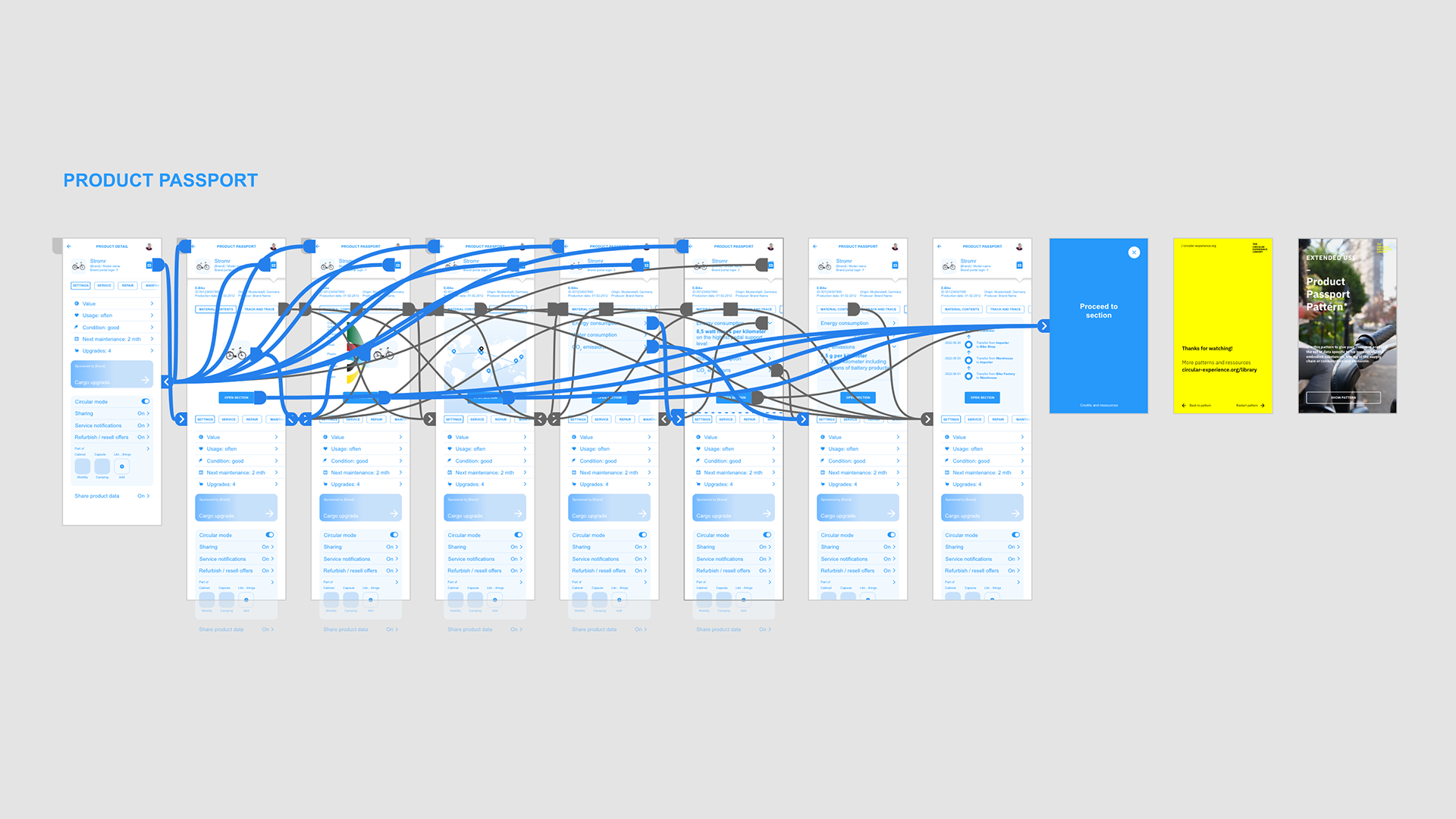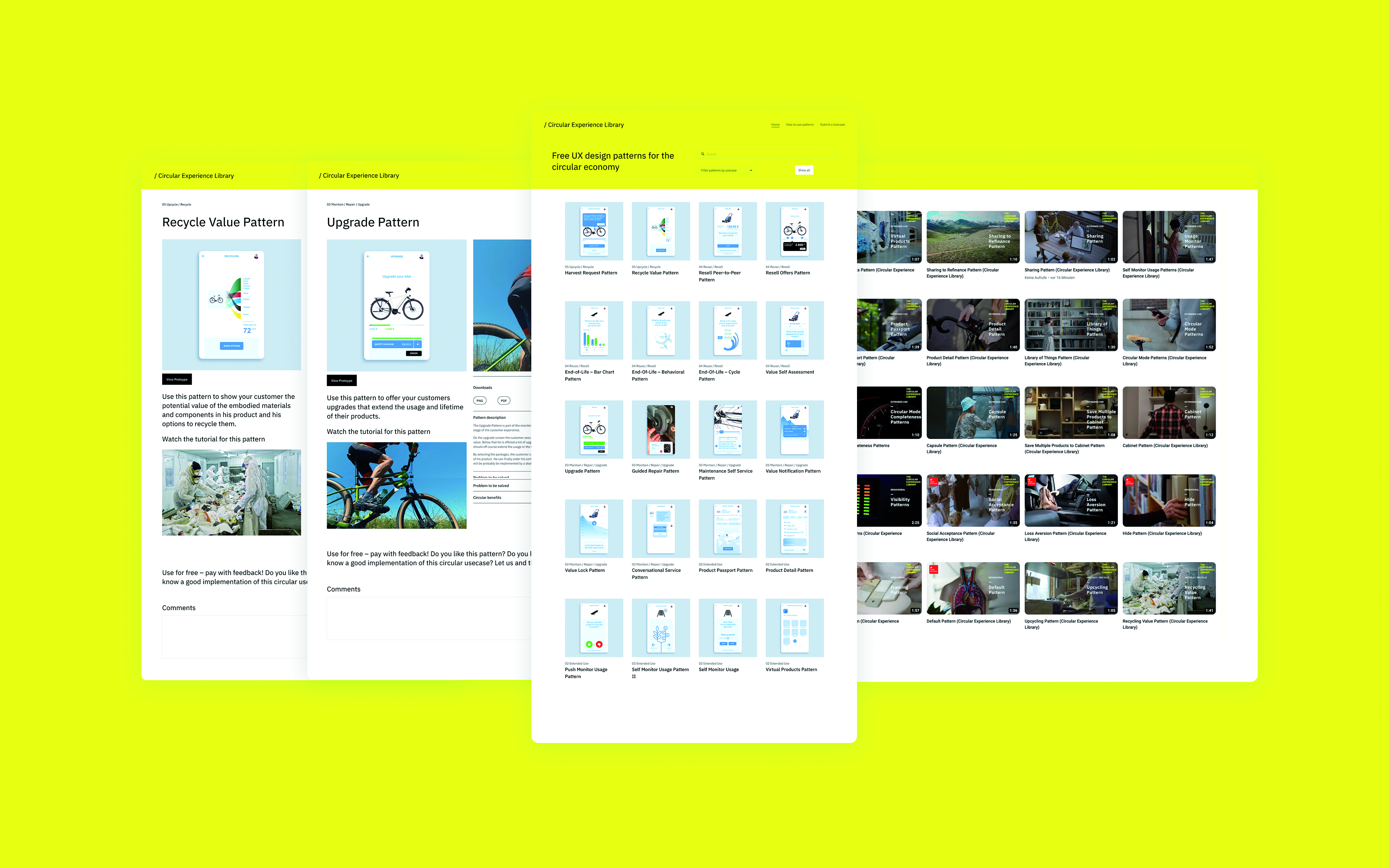»The UX patterns counteract linear consumption and act as a template for conventional online retail. They focus on products retaining their (economic) value and therefore encourage the spread of circular products on the mass market.«
Siddharth Prakash

Three questions for Peter Post, founder and designer
How did the idea for the Circular Experience Library come about?
Circular economy design concentrates on products. That’s all well and good, but it neglects the new tasks consumers face beyond consumption, which is to use products instead of owning them. And to repair instead of discarding and to recycle these goods properly. With well-designed services, the process is less of a chore and more fun. But while the linear economy has well-established components, such as the shopping cart in e-commerce, the circular economy lacks these sorts of UX patterns. Which spawned the idea of providing free patterns to quickly develop circular services.
What was your personal highlight in the Circular Experience Library development process? Was there a low point?
Designing the patterns was enjoyable. At the beginning, conducting a survey of circular companies was a highlight. They came up with the problems the patterns are based on. These firms put in hard work, by producing compostable materials to recyclable packaging all the way to rental platforms. Our engagement with them confirmed our belief that the library would useful and have an impact in this ecosystem. A low point was the final deployment. The next time, I would organise the production of thousands of assets for the online library differently.
Where do you see your project in the next five years?
Wherever it speeds circularity up. Which is why we ask businesses and designers for feedback in exchange for free use of the patterns. Adding business models to the patterns is currently at the top of their wish list. Another direction would be to turn central patterns into sophisticated applications. The EU’s digital product passport and material banking are hot favourites in this regard. Because instead of devising concepts like this just for B2B, in the case of service design
